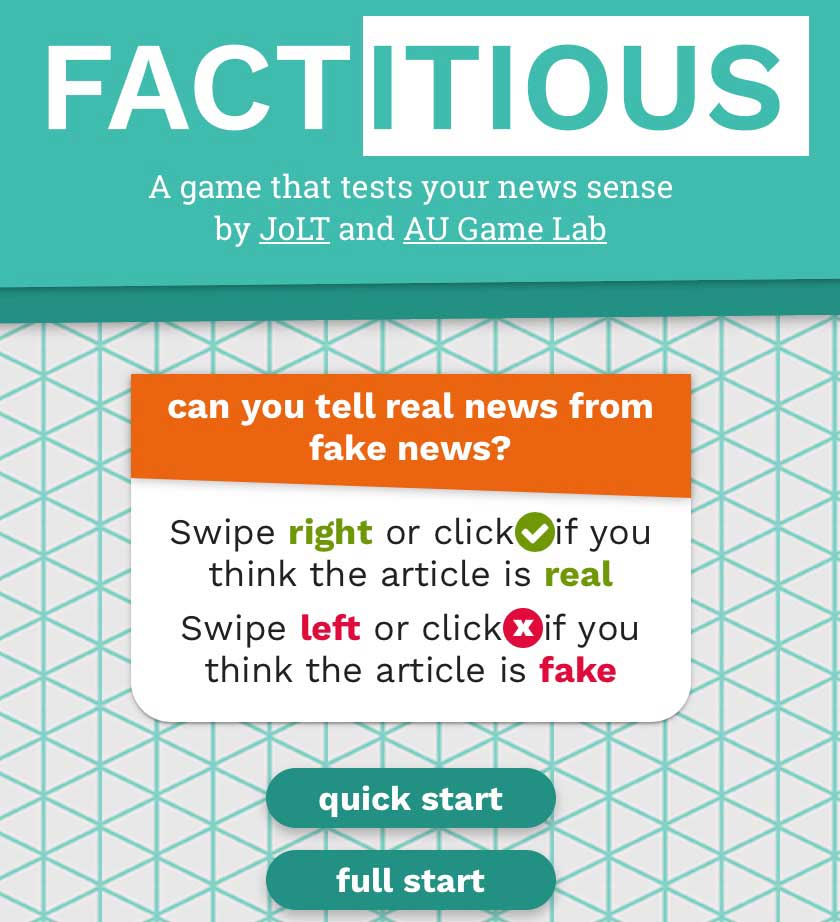The enabler of Fake News is that humans respond to information at an emotional level. We might indeed criticise “them” for living inside an information bubble, but the truth is that we are all as individuals crafting echo chambers to one degree or another by selecting information that agrees with our preconceived views and resisting things that conflict. Being conscious of this natural tendency can however enable us to overcome it.
It is a normal cognitive bias for humans to accept information that confirms what we already believe, and reject information that conflicts with what we believe is well understood. This is because we have been naturally selected to be like this. The term used to describe this specific cognitive bias is “Confirmation bias“.
We all like to think of ourselves as a bit smarter than average and while “they” might indeed be stupid and gullible enough to be fooled, we are able to rise above such blatant propaganda and are not so easily hoodwinked into accepting what is obviously false, nor would we be silly enough to reject what is really true.
Learning that we might not be as wise in such matters as we might like to think we are can however enable us to be a lot more cautious and skeptical about our own preconceived conclusions. Such knowledge empowers us to lean more towards analytical thinking, a modality that can empower us to embrace far more truer things.
You can now test how good your BS meter really is. When faced with various news items, can you spot what is real and what is fake without checking where it came from?
(Side note: this is not a scientific measurement, it is just a game)
Let’s play Factitious

So how good are you at sporting fake news?
Within this online game called factitious (see image above) you can test your ability. It is the creation of JoLT from within the American University in Washington, D.C. It was initially designed to help high school students to learn how to spot fake vs real news. However, given the age we live in, the team soon realised that the audience was far wider than just students and that the public in general would find it to be both fun, fascinating, and educational, so it is now online for anybody to have a go.
If you would like to test out you skills at spotting fake news, then you will find factitious here.
Be aware, it is not easy, and so you should expect to make mistakes. There are clues to be had. At the bottom of each offering is a “Show Source” button, and so clicking that can really help.
To see how easy it is to be fooled, try this – As you play, first reach a provisional conclusion, then click the “Show Source” and see if that changes things.
Discussion
As a bit of further information on all of this, the team behind the game discuss the creation and setup of Factitious within an online paper (here within section 7) as follows …
In order to increase news consumers‘ sense of agency in an environment where the boundaries are increasingly vague between what is verified news and what is not, we designed a game called Factitious. The game, designed first as a paper prototype and then developed as an online game, presented players with stories culled from Internet sites. The player has to decide whether a story is actually news, or if it is satire, an advertisement or commentary. The players receive immediate feedback, and in future iterations, will see which elements of the story should have tipped them off to its veracity or consigned it to another category. The more they play, the more familiar players become with common news conventions versus the signifiers of other non-news categories.
To afford agency, the game aims to equip players with a set of criteria to quickly measure whether a story is believable, sensationalized or made up: what is the source, who is quoted, what is the story‘s intention, is it verifiable? Players interested in learning more can ultimately find quick tutorials on how to check out a story, or to understand as a news creator what the hallmarks of veracity are.
This agency, in the form or interactivity or critical inspection is perhaps one remedy to a fiction/non-fiction ambiguous media environment. Games, with built-in analytics, can also be used to measure the impact of a story or issue, which is a key concern of news makers.

